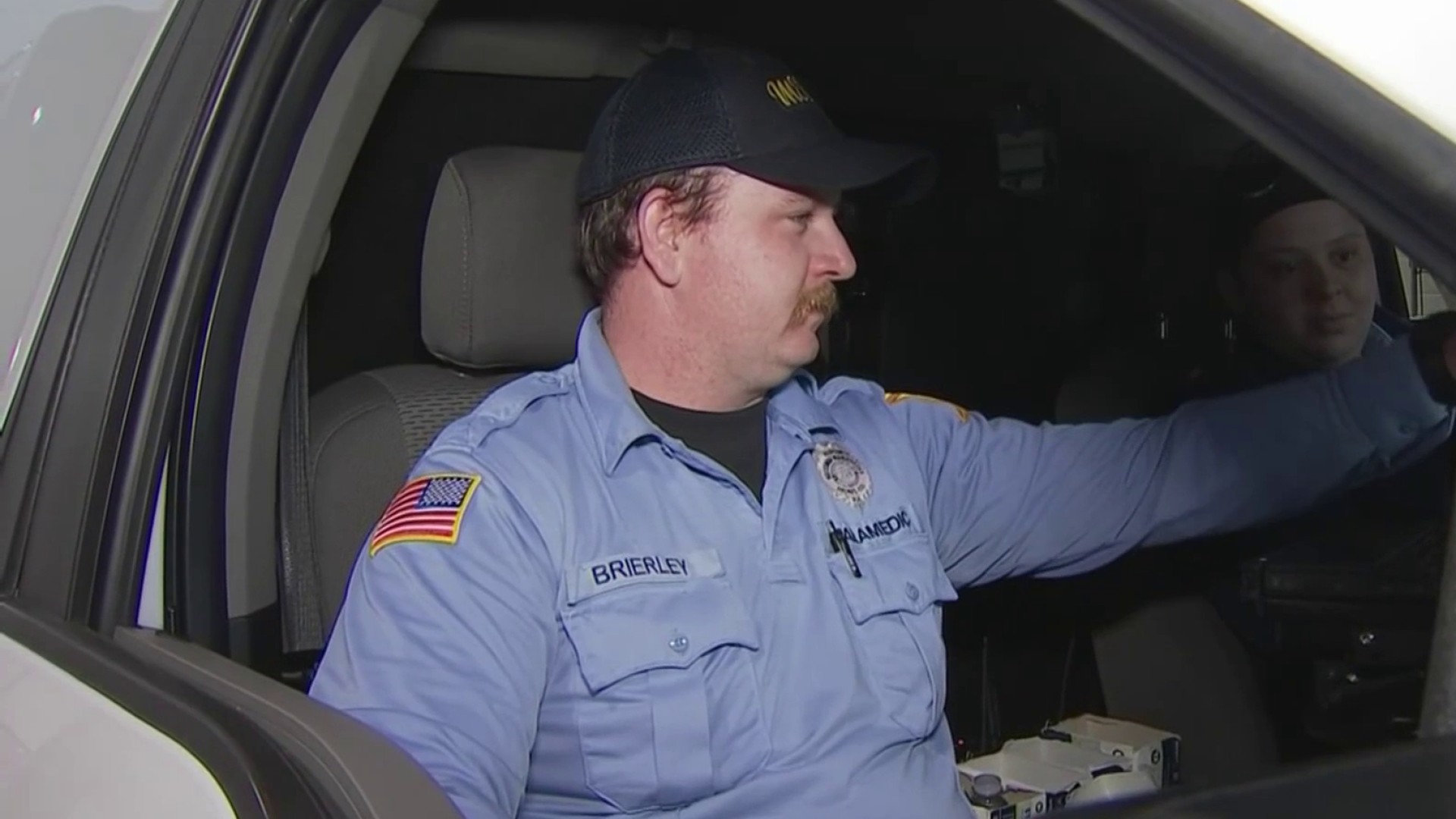Although a waiter may put the check in the middle of the table, acknowledging that today a woman is just as likely as a man to pay the bill, odds are great the wine list will still be handed to the gentleman. The assumption is that choosing wine is something men know about while a woman, left unguided, will simply order a glass of white wine.
The facts are a little different, according to the Wine Market Council: Women buy 60 percent of all wine in this country and 85 percent of wines priced under $18.
But when it comes to pricier bottles and the esoteric art of wine collecting, men do indeed dominate the field and have for at least 200 years. In mid-19th-century England, wine collecting became all the rage and traveled across the pond with the Colonists. Many early Americans, including George Washington and Thomas Jefferson, made their own wine and owned cellars stocked with "important" bottles. That practice continued as men were exposed to fine wine through business. Although there are no statistics on who has wine cellars today, less than 10 percent of the names on direct-to-consumer lists from California wineries are women, and for fine wines, the number is almost negligible.
Susan Citron of Fox Chapel hopes to change that. Last year, Citron (daughter-in-law of the late food writer Jane Citron) and Sharon Harris, a vintner based in Napa Valley who also has a home in Bordeaux, joined forces to create A Woman's Palate. It aims to promote women vintners, share their wines with a larger audience of women and educate women about wine in general.
The American wine industry continues to grow by leaps and bounds. In 2012, the U.S. was the largest consumer of wine in the world and the fourth-largest producer, according to the Wine Institute. In California, where 90 percent of American wine is made, about 4 percent of the wineries are owned or co-owned by women. Eileen Crane, a winemaker who began her career in the 1970s and is managing director at Domaine Carneros, noted in a Wine Institute article that 10 percent of California's winemakers were women in 1890, and 100 years later the figure was still 10 percent. "Today, I estimate that women constitute about 15-20 percent of the winemakers in California."
Traditionally, women vintners inherited wineries from husbands or fathers, but beginning in the 1960s, women started to own wineries and to assume management positions based on their own qualifications. They have also emerged in higher profile roles in sales, marketing and hospitality and as sommeliers. Citron got her first job after college in the early '80s working for Robert Mondavi, giving tours in French and German.
"They were doing a lot of business with foreigners, and I was trained by his staff in wine," she says. "That really launched my love for wine."
A 2010 Gallup poll found that 48 percent of women who drink prefer wine, compared with 17 percent of men. Wine-tasting groups among women are on the increase, and wine merchants have made varied attempts to market directly to women. Some wineries have even created wines specifically targeted to female drinkers such as "Little Black Dress," ''Girly Girl" and "Bitch," although the names alone would put off any serious student of the grape.
A Woman's Palate recognizes that the growing importance of wine in our culture extends into the business climate. As more women advance into the executive ranks and are expected to entertain, they want to know how to order wine for professional reasons as well as personal enjoyment.
"We felt there was a sweet spot with executive women because they have a professional need to understand fine wines and feel comfortable ordering it. A lot of them don't," says Citron.
"They're powerful working women, but they don't feel comfortable working with a sommelier, so we thought there was an opportunity there. I think women learn really well from other women. There's a special bond, a friendship they instantly create, a level of ease."
Beth Milliken, a mutual friend and the CEO of Spottswoode Estate Vineyard and Winery in Napa, introduced Citron to Harris, who is director of winemaking at RARECAT.
"She felt that Sharon's energy and enthusiasm for wine would be a great working partnership with my skills in marketing, advertising and media," Citron says.
Culling together 26 of Napa Valley's finest female vintners and vineyard owners, A Woman's Palate set out on a mission to promote these women in the industry and educate women wine drinkers. The group offers access to a custom wine club, publishes an online magazine (www.awpmag.com), assists in wine cellar selections and, perhaps most fun, operates a Napa Valley Bootcamp four times a year and by request for private and corporate groups.
Limited to a maximum of 18 women, the bootcamps provide the ultimate hands-on wine country immersion in Napa and Sonoma. For 21/2 days, the women visit wineries, meeting Napa Valley's most prominent female vintners and dining in some of their homes or enjoying meals by local women chefs. Guests learn the wine-making process, the difference between fine wine and beverage wine, how to taste wine and pair it with food and the secret to ordering during a "Don't Give Up the Wine List" presentation. This class is geared to women in a business setting and includes advice on "how to pick something that is always appropriate and how to take command of that part of the meeting."
The cost is $3,100, which includes classes, meals, ground transportation and luxury accommodations in St. Helena.
"Traditionally, when you look at wine in the media, we call it a big boy's kind of game," says Citron. "(It is) scores — this wine is rated 99 points. We think women are interested in what tastes good to them, what they would like to bring to a friend, what goes with a certain meal, so they look at things in a different fashion."
Local
Breaking news and the stories that matter to your neighborhood.
Citron has found the bootcamps appeal as much to women who have no wine knowledge as they do to women who are more seasoned. Because many of the wineries are smaller and produce artisan wines, guests have an opportunity to try wines they might not otherwise encounter.
"Most of them can't mail and that's a huge issue for smaller vintners," says Citron. "The whole distribution model has changed in recent years. Now there are four or five big distributors and there are virtually none of the small players. With a lot of these boutique producers, you would never know about them. Their wines are not easily accessible."
What advice does Citron have for the woman who wants to learn more about wine?
"The one thing we really try to stress is to stay open-minded and curious," says Citron. "Always be open to trying new wines from all parts of the world. It's like yoga — you never really arrive, you never really know all there is to know. Stay open so you can figure out the kinds of wines you like. If you like pinot noirs from Napa, you might want to try them from Oregon."



